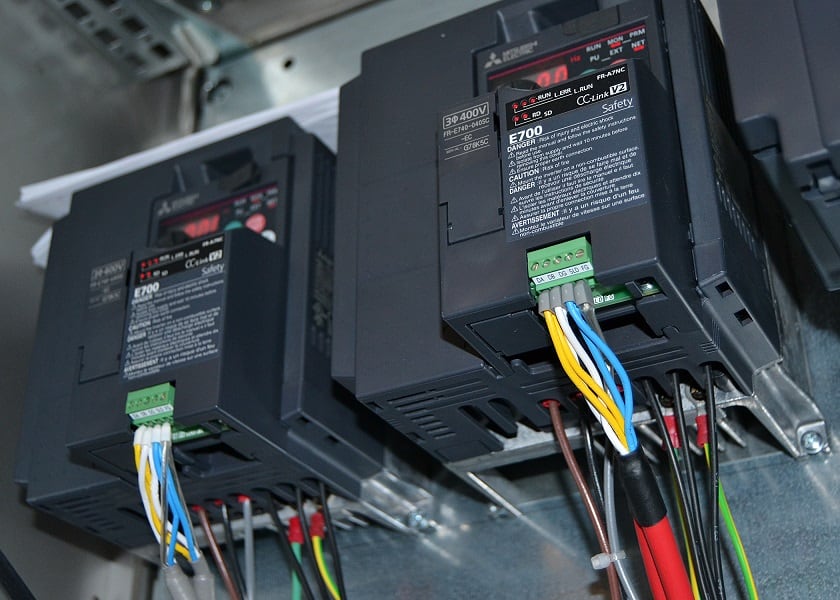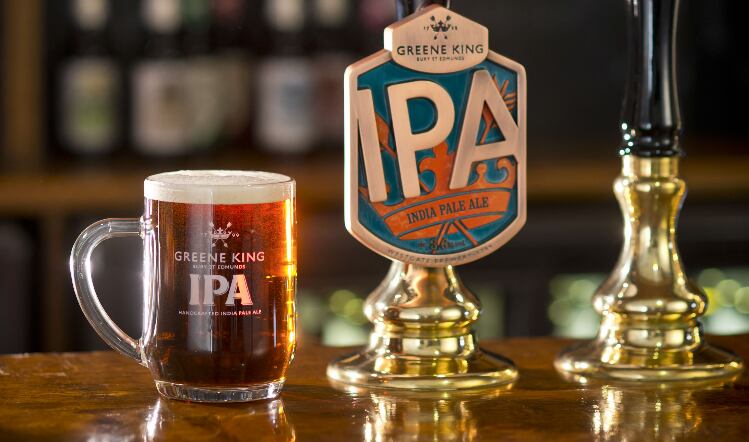Growing demand for Sadler’s beers led to it extending its brewhouse, which contains all the equipment needed for the brewing process. This includes a mill to crush barley grains, a hot water tank, a mash tun to obtain wort and separate it from the mash, a copper to boil the wort while adding ingredients such as hops, a heat exchanger to rapidly cool the liquid, as well as several fermentation tanks and filter systems.
Part of the overall development entailed the installation of a bespoke control system designed for ease of use to streamline brewing operations. The company claimed the benefits from the automated control system were immediate, as production skyrocketed by 300% in less than a month, resulting in output of 650 new barrels every week, corresponding to approximately 200,000 pints of beer.
“I have been brewing without the support of an automated process control system for many years, so initially I was a little apprehensive if I’m honest," said Sam Pegg, production manager at Sadler’s Brewery.
"I was however, pleasantly surprised to learn how straightforward and easy the new solution was to use. The new control system has greatly improved my day-to-day activities from day one. Which means I can now focus on more interesting aspects, such as the development of new beers and recipes.”
1,000 barrels a week
The overall objective was to create a higher capacity brewing process that could be monitored and controlled more easily by existing staff. “The new facilities should help us to quadruple production," explained Chris Sadler, managing director at Sadler’s Brewery.
"Our goal is to produce up to 1,000 barrels a week.” Sadler's contacted local specialist Clarke Controls & Distribution to help achieve this aim.
On first inspection the technical team from Clarke noted the absence of any formal documentation, such as piping and instrumentation (P&I) diagrams. To address this issue, the team suggested an analysis of the plant to reverse engineer a new process control solution.
Clarke Controls & Distribution turned to its preferred process automation vendor Mitsubishi Electric to help specify the ideal automation system components. First, Clarke Controls & Distribution engineers produced an accurate P&I diagram, which allowed Mitsubishi Electric automation engineers to determine the number of inputs, outputs, analogue signals, as well as the presence of critical electric motors (mainly pumps) where variable speed control would be required.
Ian Clarke, managing director at Clarke Controls & Distribution, said: “The absence of any information on the existing control system set-up made the reverse engineering operations particularly challenging. Therefore, the direct technical and organisational support provided by Mitsubishi Electric was key to the successful completion of the project.”
Wish list
For Sadler’s to gain the greatest advantage from the new control system, Clarke Controls & Distribution and Mitsubishi Electric worked closely with the brewers to determine their needs and build a bespoke solution around these requirements.
Stephen Thornton, key account manager at Mitsubishi Electric, said: “Customer satisfaction is extremely important to us – so to make sure we addressed all the challenges and requirements relevant for the brewery team, we asked the head brewer to give us a wish list on how he would like the equipment to operate. Based on this, we developed the current system.”
Pumps, compressors and fans in the system were fitted with either Mitsubishi Electric’s FR-E700 compact variable speed drives, or where appropriate the FR-F800 model that is specifically designed for maximum energy saving on pump and fan control applications. Sensors and analogue components were connected to the control network using MELSEC ST Lite Remote I/O Nodes to include all the relevant process variables.
The inverters and I/O units were then connected via a CC-Link industrial fieldbus network, to a Q series Mitsubishi Electric programmable logic controller (PLC), designed for building medium to large-scale control systems.
The PLC is housed in a robust metal enclosure, linked to a GOT2000 Human-Machine Interface (HMI) that displays live information and alarms. As a result, brewers can monitor the equipment, as well as adjust the processes parameters live on the touch-screen operator terminal.
Thornton said: “We set the operator desk as the main focal area, locating the PLC and HMI there to centralise the control system architecture and provide easy access for control, maintenance and upgrades.”
Sadler's Ales is located near Stourbridge in the Black Country and produces brands such as Peaky Blinder. It has been crafting beers since 1900 and is currently run by Chris Sadler, a fifth-generation brewer.




